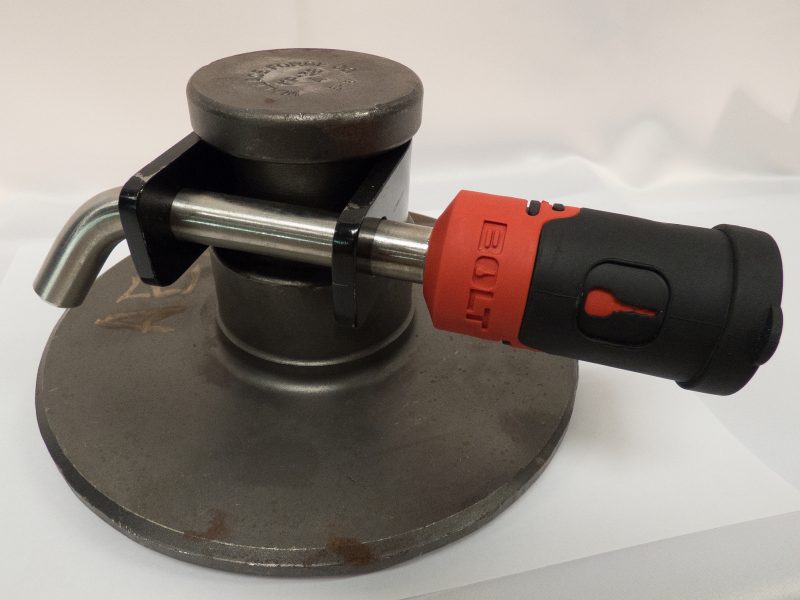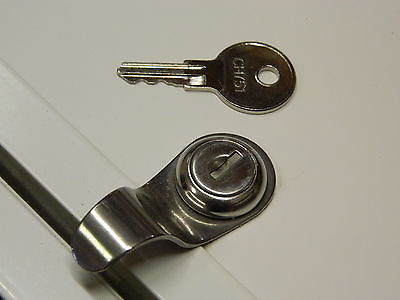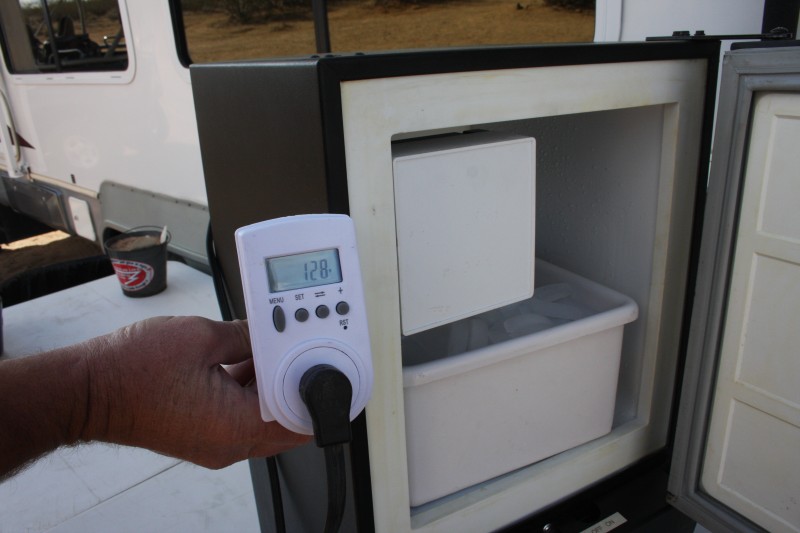In a recent article, our writer added an auxiliary radiator for his 2005 Duramax. After several comments both here on THA and on several forums, we decided to write a follow-up. The original article was a solution from an individual that had a problem, found a solution, and then wanted to help his friends. It seams he never intended to make it into a business, and it turned into somewhat of a headache for him. With that thought, we decided to give you some options.
Solving any over temperature problem on a vehicle is a key factor in extending the life of your motor, transmission, or 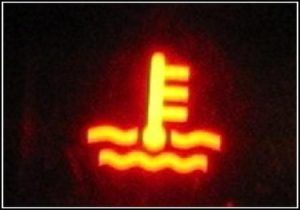 differentials. There are many solutions out on the market for most applications, on top of home build solutions. Many consumer grade pickups have several problems, ranging from “normalized” gauges to inefficient cooling systems. So for this article, we will start at the pavement and work our way up.
differentials. There are many solutions out on the market for most applications, on top of home build solutions. Many consumer grade pickups have several problems, ranging from “normalized” gauges to inefficient cooling systems. So for this article, we will start at the pavement and work our way up.
Tires… your truck came with tiny tires, didn’t it? The kind that look like little donuts on a big truck. So the first thing you did was get BIGGER, more aggressive tires. Well, guess what happened? Your gear ratio just turned from that of a tractor into that of a F1 car. Adding larger diameter tires will cause strain on your differentials, transmission, and engine causing the load you are carrying seam much heavier and causing temperatures to climb. So what do you do? You could go back to OEM sized tires…. nah! Lets move up the truck to the differential and see if we can solve some problems there.
Changing your differential gear ratios, especially on a 4×4 truck is expensive. Many times into the thousand of dollars once you 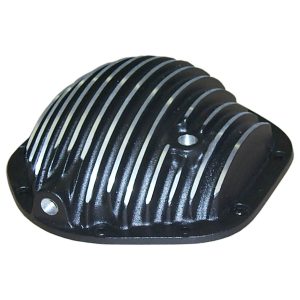 factor in installation cost… and this article isn’t about re-gearing. However, the extra load on the differentials can cause more heat build up. A simple, and relativity inexpensive solution is to replace the OEM diff cover with an aftermarket model that has a larger capacity for more gear oil, and cooling fins to aid in the heat dispersement. There are countless aftermarket covers to be had. A simple search on your favorite internet search engine should give you pages of places to choose from.
factor in installation cost… and this article isn’t about re-gearing. However, the extra load on the differentials can cause more heat build up. A simple, and relativity inexpensive solution is to replace the OEM diff cover with an aftermarket model that has a larger capacity for more gear oil, and cooling fins to aid in the heat dispersement. There are countless aftermarket covers to be had. A simple search on your favorite internet search engine should give you pages of places to choose from.
Moving up the driveline we run into the transmission, which is also under more load. As with the differential, a simple aftermarket pan for the transmission will allow for more fluid, and better heat dispersement. There is however, another problem, and that’s getting the fluid cool, and that hooks into the engine cooling as well. Most OEM trans coolers occupy the same cooling core as the engine radiator does. While this is a great idea for 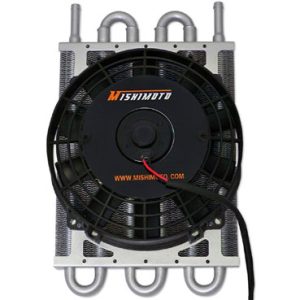 the manufacturers, it only works okay. Adding a external transmission cooler with an electric fan is a great fix. You can either bypass the shared OEM core, or add it inline. Fans and coolers are cheap if sourced on sites like eBay. Add a simple thermostat probe that fits in between the cooler fins, and some metal strap from your trusty hardware store, and you have yourself a low cost solution that will work. Install the new cooler from the return line on the shared core if you are installing inline.
the manufacturers, it only works okay. Adding a external transmission cooler with an electric fan is a great fix. You can either bypass the shared OEM core, or add it inline. Fans and coolers are cheap if sourced on sites like eBay. Add a simple thermostat probe that fits in between the cooler fins, and some metal strap from your trusty hardware store, and you have yourself a low cost solution that will work. Install the new cooler from the return line on the shared core if you are installing inline.
Engine cooling… as stated with the transmission cooler, most OEMs share the duty to cool both the engine and the tranny in one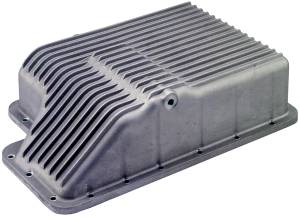 core. Adding an axillary radiator in the same fashion as the tranny cooler will drastically lower your engine temps. Just make sure you DO install this one inline only, and once again, in the return path of the OEM core. Another option is to allow the OEM cooling to happen more efficiently. Many OEM tubes are kinked, crimped and otherwise restrictive to flow. There are several aftermarket companies that sell less restrictive products that will help the coolant flow, which will inturn, cool better. A less drastic option of larger oil filters, and oil pans will allow for more motor oil which will also assist in cooling.
core. Adding an axillary radiator in the same fashion as the tranny cooler will drastically lower your engine temps. Just make sure you DO install this one inline only, and once again, in the return path of the OEM core. Another option is to allow the OEM cooling to happen more efficiently. Many OEM tubes are kinked, crimped and otherwise restrictive to flow. There are several aftermarket companies that sell less restrictive products that will help the coolant flow, which will inturn, cool better. A less drastic option of larger oil filters, and oil pans will allow for more motor oil which will also assist in cooling.
These are just a quick overview of what can be done to solve the hot head problem. If any of you have ideas, or have solved one of these problems. Please let us know! We are looking for solutions to YOUR problems.

